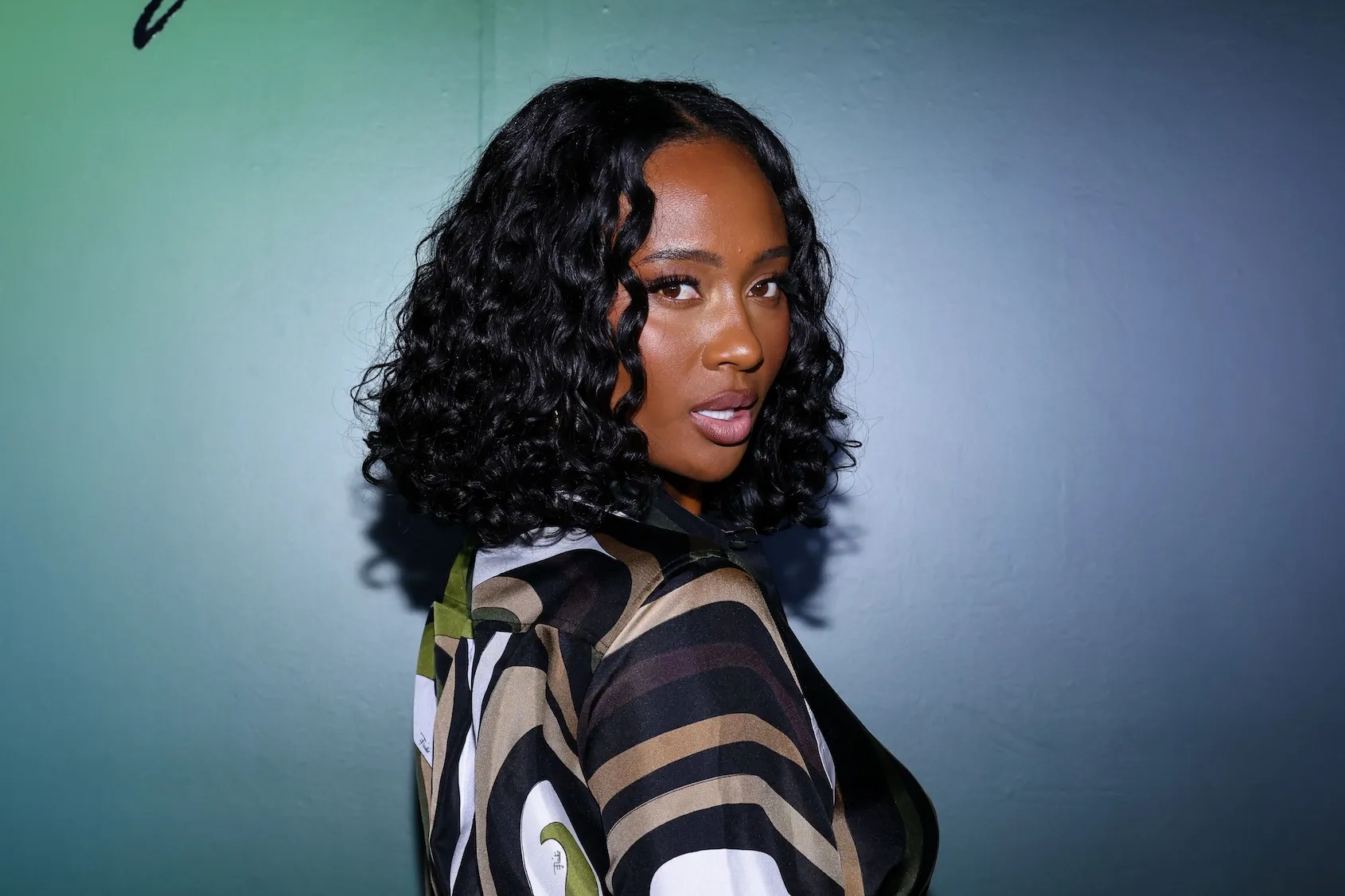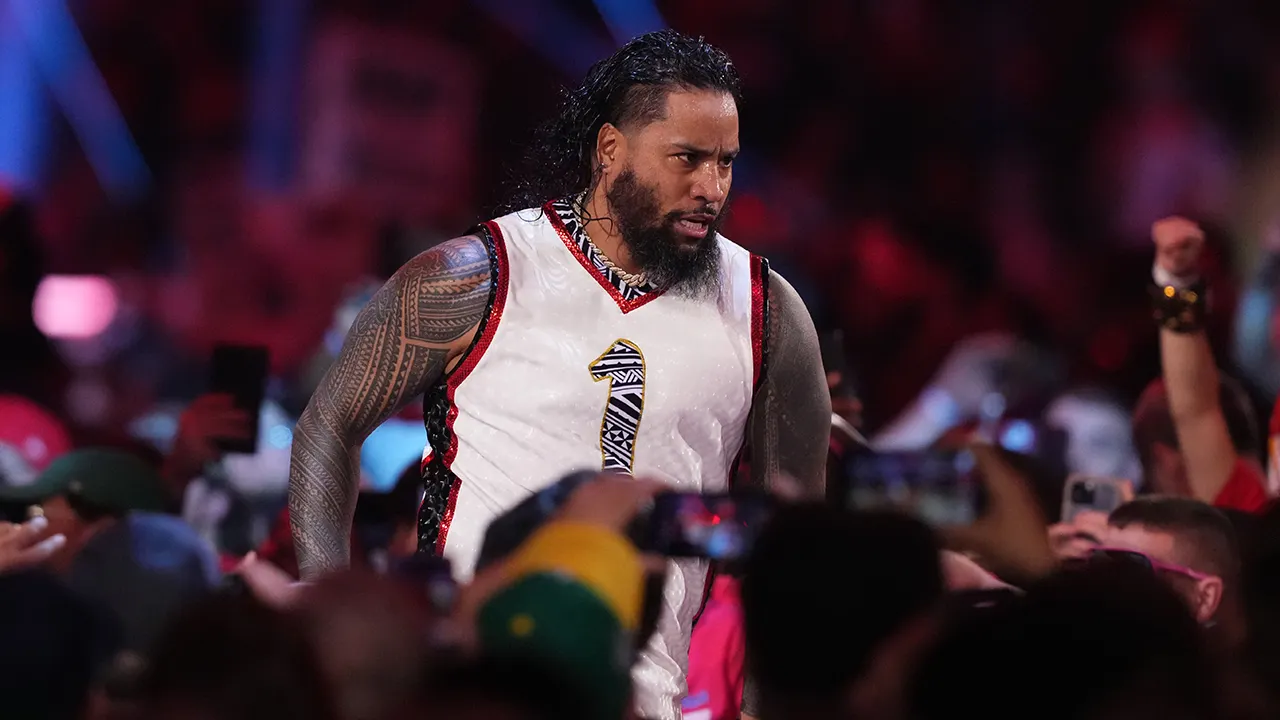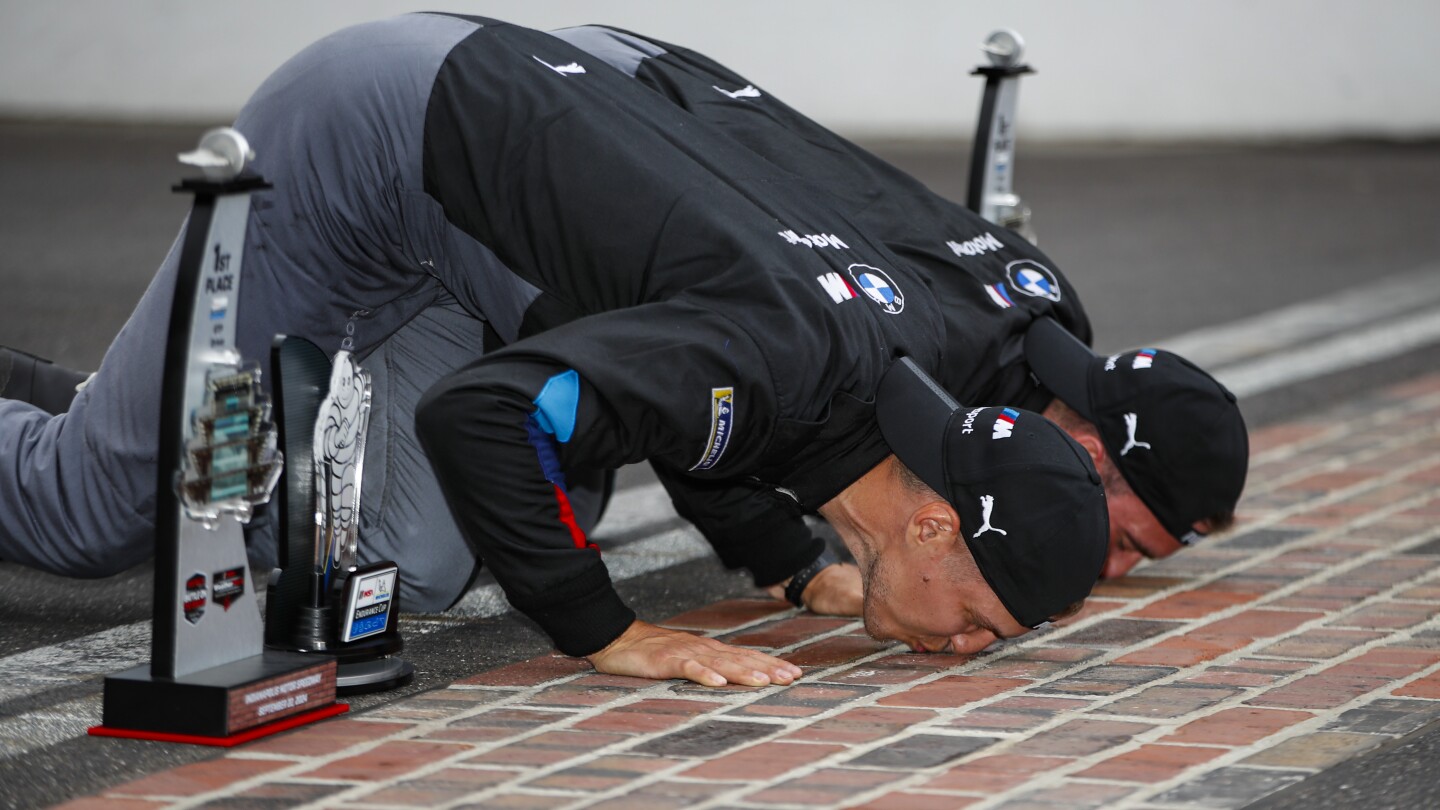By The Hindu Bureau
Copyright thehindu

The cultural capital is all set to unveil its tapestry of regal splendour as Mysuru Dasara, whose traditions are rooted in the grandeur of the Vijayanagara emperors and nurtured by the Wadiyars, will commence from Monday.
The 11-day spectacle to be held from September 22 to October 2 this year, will transform Mysuru into a vibrant stage that will showcase the living heritage of Karnataka.
Symbolising the victory of good over evil in its essence, the festival as celebrated in Mysuru marks the defeat of demon Mahishasura at the hands of goddess Chamundeshwari, the presiding deity of the region.
Though a Pan-Indian festival, Dasara in Mysuru is a spectacle blending religious practices with folk and classical performances that bring to the fore the cultural diversity of Karnataka, and is hence known as Naada Habba or the State Festival.
While the origins of Dasara is traced to events described in the various religious texts including the Puranas, medieval travellers who visited the Vijayanagar empire and witnessed the celebrations have left behind vivid accounts, pointing to the historical antiquity of the tradition.
They include Abdur Razzak of Persia who was in Vijayanagara between 1442 CE and 1443 CE during the regime of Devaraya II; Portuguese traveller Domingo Paes who visited Vijayanagara sometime in 1520-22 CE during the rule of Krishnadeva Raya, while Fernano Nuniz, also from Portugal, visited the court of Achyuta Deva Raya around 1535-37 CE.
The Mahanavami Dibba at Hampi is reckoned to be the platform from where the ‘Bisnaga’ emperors used to witness the cavalcade of the caparisoned elephants, horses, and the marching troops during the ‘Great Feast’, and provides archaeological evidence of the celebrations documented by the medieval travellers.
After the fall of the Vijayanagara kingdom, Raja Wadiyar who ascended the throne in Srirangapatna in 1610 CE inherited this legacy and carried forward the tradition.
The capital of the erstwhile Mysore kingdom was shifted from Srirangapatna to the present city of Mysuru in 1799 CE after the fall of Tipu Sultan at the hands of the British. The kingdom was restored to the Wadiyars and since then, Dasara is being celebrated in the city representing the continuation of a cultural and religious practice.
Fast-forward to the 19th and the 20th centuries and there are murals at Jaganmohan Palace and paintings at the Amba Vilas Palace illustrating the glory of Mysuru Dasara which reached its apogee during the regime of Nalwadi Krishnaraja Wadiyar who ruled from 1902 to 1940.
Dasara 2025 will be officially inaugurated at Chamundeshwari Temple atop the Chamundi Hills by writer Banu Mushtaq, in the presence of Chief Minister Siddaramaiah and others, on Monday. In recent decades, Dasara has emerged as a fulcrum to promote tourism with the Amba Vilas Palace – illuminated with 1,00,000 bulbs at night – occupying the centre-stage.
For the next 11 days, Mysuru will glow in festive colours as folk artistes and cultural troupes will be performing across multiple venues. Besides, there will be flower shows, wrestling bouts, heritage walks, film festival, poetry meets, food fairs, Yuva Dasara, yoga, sports to mention a few.
By night, 130 km of illuminated streets will turn the city into a vibrant hub of myriad hues. The celebrations culminate on October 2 with the Vijayadashami procession led by the caparisoned elephants in a spectacle that will conjure up images of a bygone era.



